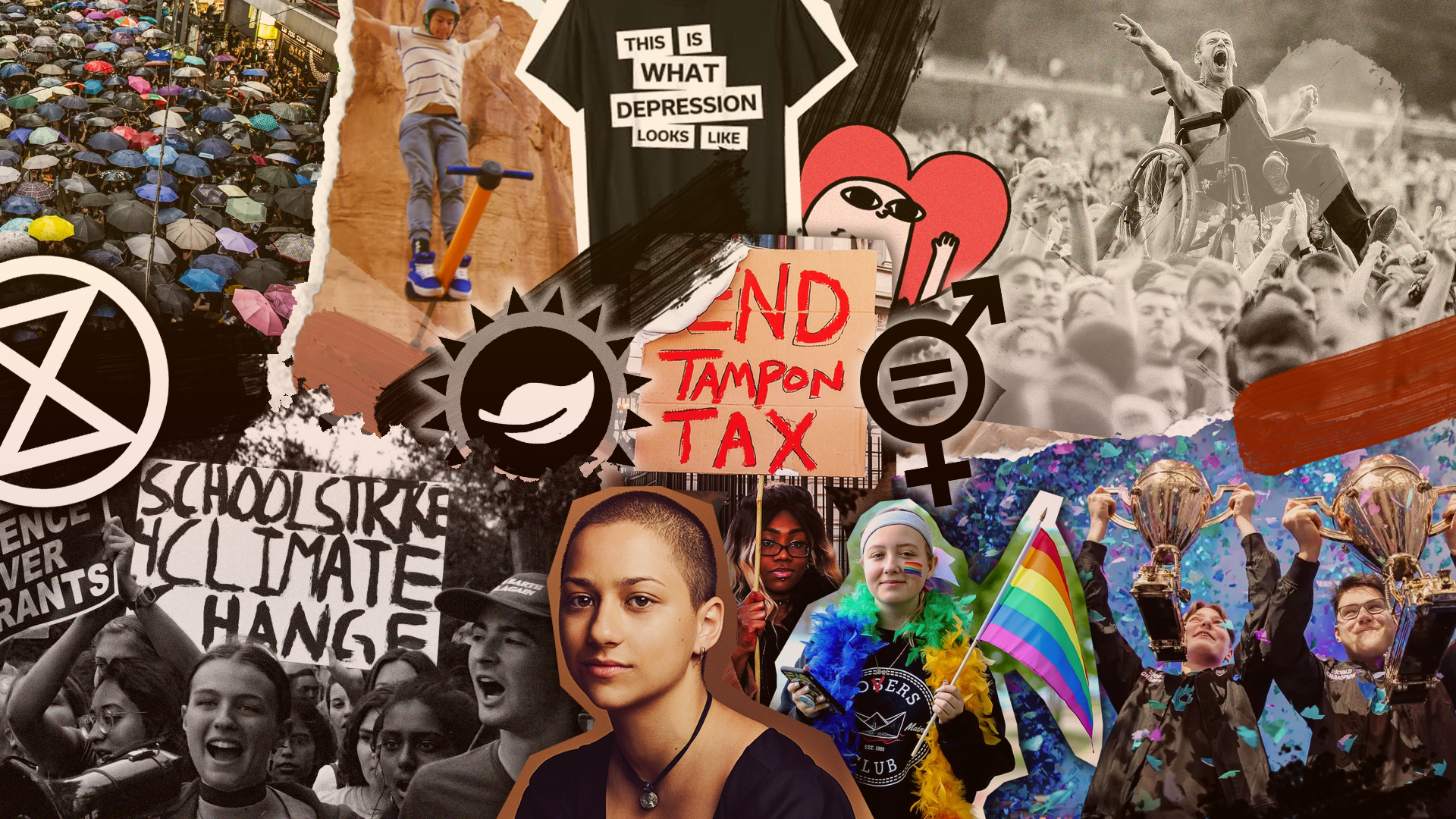As a global format, the podcast industry reportedly surpassed $7.3 billion USD in revenue last year. The sector is now twice as large as previous estimates initially suggested.
Do you listen to podcasts regularly?
It seems like many of us gravitate toward long-form audio content, as podcasting has now been found to generate over $7.3 billion USD in revenue per year, according to research firm Owl & Co.
This means that podcasting is double the size of most previous estimates. The sector as a whole could offer up significant opportunities for advertisers to better monetise content, as audience figures and commercial viability are notably higher than originally thought.
Most revenue generated is via advertising and subscriptions. Keep in mind too that Owl & Co did not factor in external events outside of podcasting that might relate to a particular programme, such as sold-out live shows or panels.
However, the research did factor in video revenue on platforms like YouTube, where podcasting is mostly consumed, at least according to Edison Research.
Up until recently, podcasting had to rely on the Interactive Advertising Bureau’s annual sales numbers as a guide for the sector’s growth. This did not account for revenue outside of the US and only focused on audio advertising specifically, which would explain why previous estimates were so far off the mark.
Owl & Co’s analysis also stated that revenue was increasingly being sourced from direct consumer support on platforms such as Patreon. Payments for singular episodes of content as well as virtual tipping also helped to boost numbers.
The study calls into question what the industry defines as a ‘podcast.’
Podcasting as a format has undergone significant changes over the past five years, as short-form content and video clips have helped to popularise the medium like never before. Big names like Joe Rogan are now so recognisable that the current US president appeared on his show in the run up to the election, for example.
Making a distinction between curated YouTube video ‘content’ and a traditional podcast is becoming harder, which Owl & Co acknowledges. It argues that approaching the format with an ‘expansive, flexible definition is more sustainable than a restrictive one.’
The US remains the biggest market and is responsible for $4.7 billion USD in 2024. Direct advertising by publishers or creators made up $3.1 billion of that total. China is the second largest country by revenue, with the UK a distant third.




















